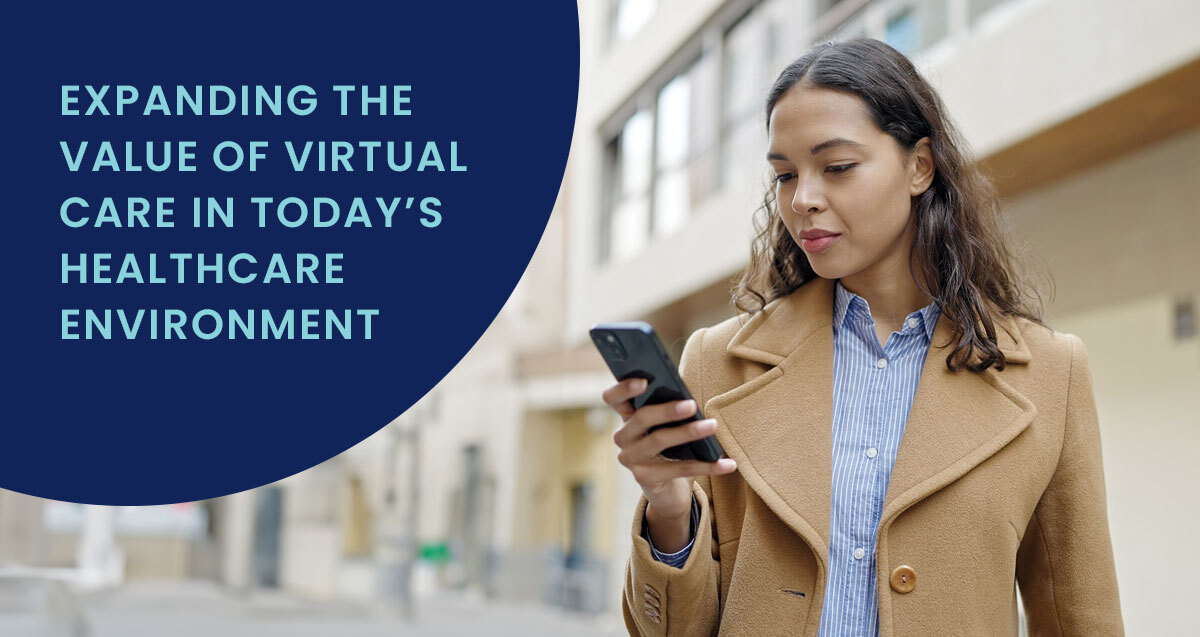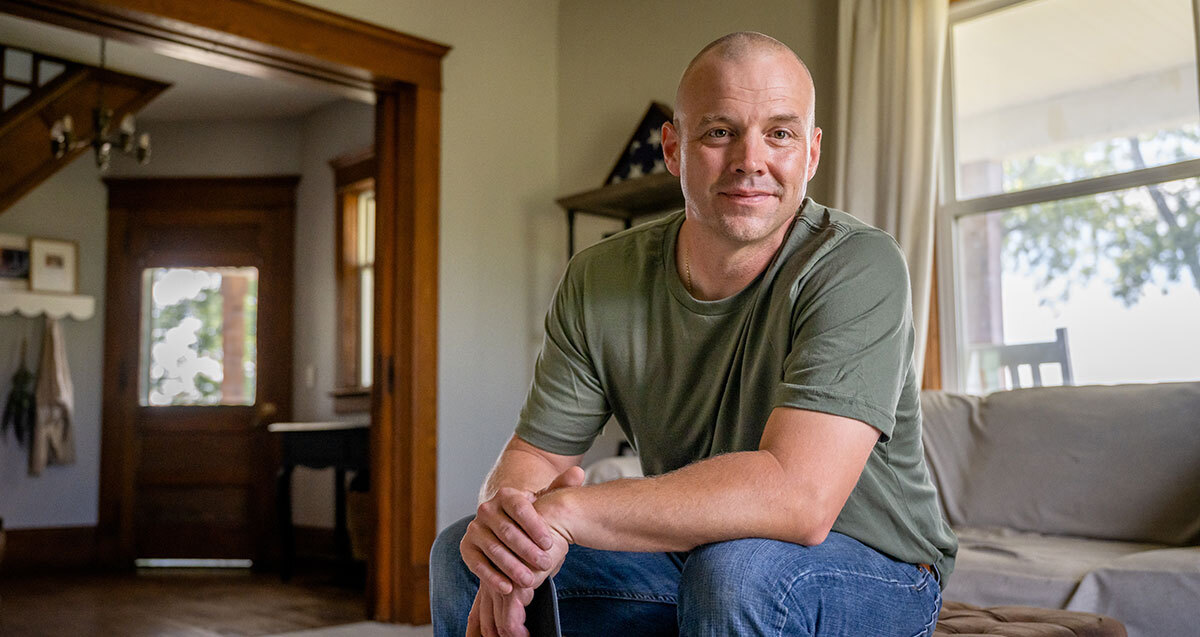

The truly innovative companies focus on intimately understanding the user experience, investing in user testing and ux design to address questions like:
- What do users want to achieve?
- What challenges do they currently face?
- What can be done — especially with product design and user interface changes — to make it easier, faster and more convenient for users to accomplish their goals?
The healthcare industry is one of the latest sectors to embrace digital transformation, applying ux design principles to a broad range of new healthcare apps and services.
Innovators from outside of the traditional healthcare delivery system are now providing patients with physician access in this way; delivering the ability to connect with doctors virtually, anytime, anywhere without any of the traditional obstacles that add time, effort, waste or cost to the system.
In this white paper, we look at finance technology (FinTech) companies, how they have leveraged ux research and user experience design to transform financial services, and how their approach can be applied to digital health and telemedicine.
The Evolution of Banking
Often when we think of a bank, we envision a granite building with stone pillars where people go to manage their finances.
Until recently, banking had earned a deserved reputation for being staid and unadventurous, having changed little in the past few hundred years outside of the advent of drive up tellers and ATMs. Mostly though, banks were still viewed as physical locations to deposit or withdraw cash, establish savings accounts, or take out loans.
Heightened consumer expectations, new legislation, and intensified competition during the last 25 years eventually forced financial institutions to reimagine their role, however, and to make ux design and the user journey central to their offerings. New digital products and services like online banking portals proliferated and virtualized many of the traditional brick-and-mortar services.
While these new digital offerings have provided consumers newfound freedom to bank from home or on the go, they still haven’t solved all of the issues related to traditional banking.
Online portals do little more than recreate the physical banking experience. They are often inelegant, clunky and complex, requiring the user to jump through hoops when making even the simplest transactions.
The limitations of traditional banking often carry over into the financial institution’s digital applications too – for instance, the inability to pay retailers online using funds from a personal bank account, or to quickly send and receive money between people.
— PwC
“As clients are becoming accustomed to the digital experience offered by companies such as Google, Amazon, Facebook and Apple, they expect the same level of customer experience from their financial services providers.”
Enter the FinTech Disruptors
While large, long-standing players in the financial industry have attempted to reshape their offerings to meet the needs of the digital consumer, it’s the smaller start-ups from outside of financial services that are truly transforming the user experience in banking.
Without the baggage that traditional financial services companies carry, more agile FinTech companies have been able focus first and foremost on creating services that improve user experience and customer satisfaction.
The founders of most FinTech companies, including Square, Venmo, Paypal, Zelle and Simple, were not financial services professionals; they were regular people who experienced challenges and frustrations with traditional banking.
“Fragmentation has been frustrating for consumers. Inconsistent experiences have made it difficult to send and receive money between banks. Zelle unites the financial community behind a single, real-time P2P payments experience for millions of consumers,” said Paul Finch, Chief Executive Officer, Early Warning Services, parent company of Zelle.
In its global report on the FinTech sector, PwC states: “FinTech is riding the waves of disruption with solutions that can better address customer needs by offering enhanced accessibility, convenience and tailored products. In this context, the pursuit of customer centricity has become a main priority and it will help to meet the needs of digital native clientele.”
— Dan Schulman, CEO of Paypal
“In the company, we have a mantra that we need to be the ultimate consumer champion, or customer champion. Sometimes those are just words that people say. Everyone says, ‘You should be outside-in, not inside-out,’ that kind of thing.”
Consumer-centric Healthcare Access
The healthcare industry shares many similarities to financial services.
- A heavily regulated environment
- Focus on consumer data protection and privacy
- Dissatisfaction with a traditional delivery model that requires the consumer to physically go to a location to access services based on the service provider’s schedule
Consumers have grown accustomed to accessing products and services in a digital environment where they can get what they need, when they need it, in a way that is easy, fast and convenient. As with FinTech, they now expect the healthcare industry to respond to their needs with a consumer-centric model and digital health offerings that mirror other industries where the user comes first.
Enter Telemedicine
Telemedicine has long been a potential alternative to in-person physician visits, with Medicare first establishing it as a service 18 years ago for rural areas experiencing shortages of health professionals.
Telehealth evolved over the years from telephone communication to video visits to physician interactions through online portals to, most recently, physician access through mobile apps. The COVID-19 pandemic has driven significantly more consumer interest and engagement with telehealth platforms. A 2020 Deloitte Survey of U.S. Health Care Consumers found that consumers are using virtual visits more than ever before and plan to continue using them.
Consumers using virtual visits rose from 15% to 19% from 2019 to early 2020; this jumped to 28% in April 2020. On average, 80% are likely to have another virtual visit, even post COVID-19.
Consumer interest in telehealth care is definitely on the rise. Yet virtual care solutions have been met with varying degrees of success. Solution providers that have simply recreated an in-person transaction digitally (in the case of healthcare, a physician office visit) aren’t taking the existing barriers into consideration, including the challenges and frustrations of this care delivery model.
An Accenture 2020 Digital Health Consumer Survey reported that more than half (52%) of healthcare consumers agree that a “bad digital experience with a healthcare provider ruins the entire experience with that provider.
5 Best Practices for Delivering a Better Healthcare User Experience
As with FinTech, it is the upstart healthcare technology providers and the growing stream of user-friendly healthcare apps that are transforming care delivery, not legacy vendors and healthcare systems. Here are five best practices that can be applied to healthcare to achieve significant change.
1. REIMAGINE THE PATIENT EXPERIENCE
FinTech companies didn’t bolt-on solutions to existing financial services. They identified important feature gaps and customer pain points around usability and functionality and created entirely new digital products and services.
The same is true in healthcare.
The first wave of telemedicine providers focused on simulating the traditional doctor’s office visit in virtual form, requiring patients to schedule an appointment with a clinician in advance. Even the idea of a waiting room was ported over from the traditional healthcare encounter.
The new wave of telemedicine solutions are leveraging healthcare ux design and new business models to better replicate the ease, immediacy and personalization that they have come to expect from other industries like FinTech, resulting in telehealth services that can provide instant, on-demand consultations. Some are also using artificial intelligence and chatbots, primarily to automate the patient intake process.
2. ADOPT A “MOBILE-FIRST” APPROACH
Taking a lesson from FinTech, some virtual telemedicine and other digital health providers have recognized the need for a mobile-first approach to healthcare delivery.
Asynchronous telehealth delivered via text messaging enables healthcare consumers to access healthcare providers anytime and anywhere; on a job site, in a break room, or even in transit. Even when there is no broadband connection.
If the physician or patient determines that a higher level of interaction is warranted, they can switch to a video chat or the patient can take the traditional approach of seeing a provider in person. It is all about flexibility.
3. PROTECT PATIENT DATA AND PRIVACY
A very real concern with FinTech applications is their ability to protect users’ financial information. The same applies to healthcare apps, especially given the level of confidentiality around patient medical records.
Patients and healthcare professionals both want assurances that protected health information (PHI) is securely communicated within the app and safe from hackers. That concern is validated by the results of the McKinsey 2020 Virtual Health Survey, which identified security as one of the top concerns among healthcare providers when considering telehealth.
Virtual solutions providers must comply with the same stringent standards as in-person physician practices. The network of telemedicine physicians must be licensed to practice in the patient’s state, and the app must protect PHI under the Health Insurance Portability and Accountability Act (HIPAA) and applicable state laws.
4. ADDRESS MULTIPLE NEEDS IN A SINGLE PLATFORM
While some FinTech apps were designed for a single purpose— such as Zelle enabling consumers to send and receive money — others address a range of consumer needs, like Simple, which provides capabilities for banking, budgeting, lending and certificates of deposit.
Because healthcare user journeys encompass a broad range of conditions, ux designers and other digital health developers must focus on delivering healthcare apps and services that provide access to the full spectrum of healthcare providers — even behavioral health providers — in the same easy, fast and convenient way that FinTech functions.
5. MAKE IT AFFORDABLE
While traditional banking is associated with fees, minimum account balances and other barriers, most FinTech apps have been designed to meet consumer needs for affordability.
Virtual care apps must also keep cost in mind, and deliver a solution that reduces costs for patients, employers and health plans. When offered as a benefit by an employer to its employees, or a health plan to its members as an alternative to in-person care, virtual care can significantly reduce costs by directing patients to the most appropriate care locations.
For example, a consumer who experiences a health issue on a weekend may have previously defaulted to visiting a high-cost emergency room, but can now connect with a physician through a telehealth chat and often resolve their issue in a much less costly manner.
A 2020 report by McKinsey and Company shows an estimated $250B in annual healthcare spend could be shifted to virtual care, which would represent 20 percent of all office, outpatient and home health expenditures across Medicare, Medicaid and commercially insured populations.
Conclusion
While traditional, in-person patient care will remain a necessity, telehealth apps can meet consumer demands for easier, faster, more convenient healthcare access during times when their issues can be addressed through a one-on-one virtual conversation with a physician.
Telehealth adoption has made significant strides in recent years, particularly during the COVID-19 pandemic, yet many solution providers still have a long way to go to meet consumer expectations. But significantly increased interest and adoption in telehealth apps points to greater confidence and comfort in these solutions among physicians and consumers.
Evolving virtual care so that it becomes a mainstream resource will require industry partnership and collaboration among healthcare stakeholders — patients, physicians, technology companies, health plans and employers.
As with FinTech, where app developers have partnered with traditional financial institutions to provide access to their customers (e.g. linking bank accounts and credit cards to the apps), virtual health can strengthen its ties with the established healthcare industry. When all of these players have a vested interest, they can then truly change the industry, as well as the patient experience.





